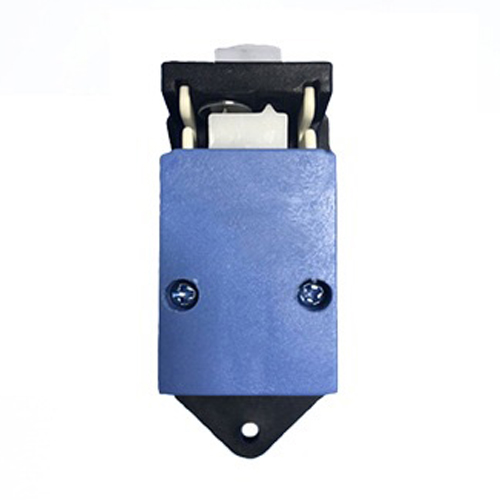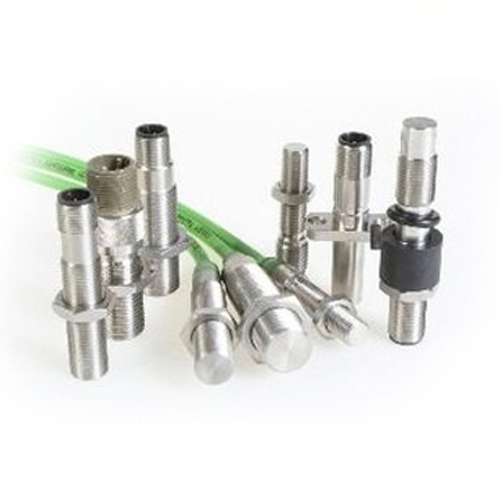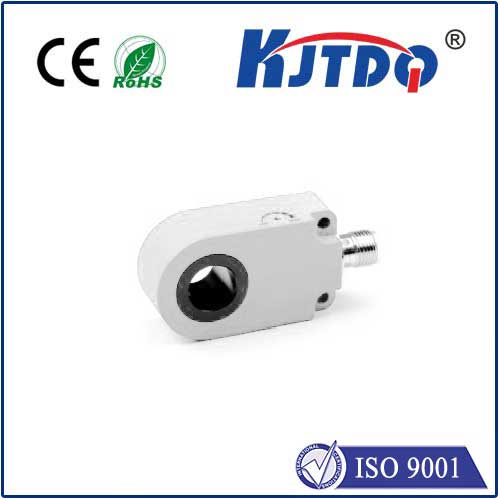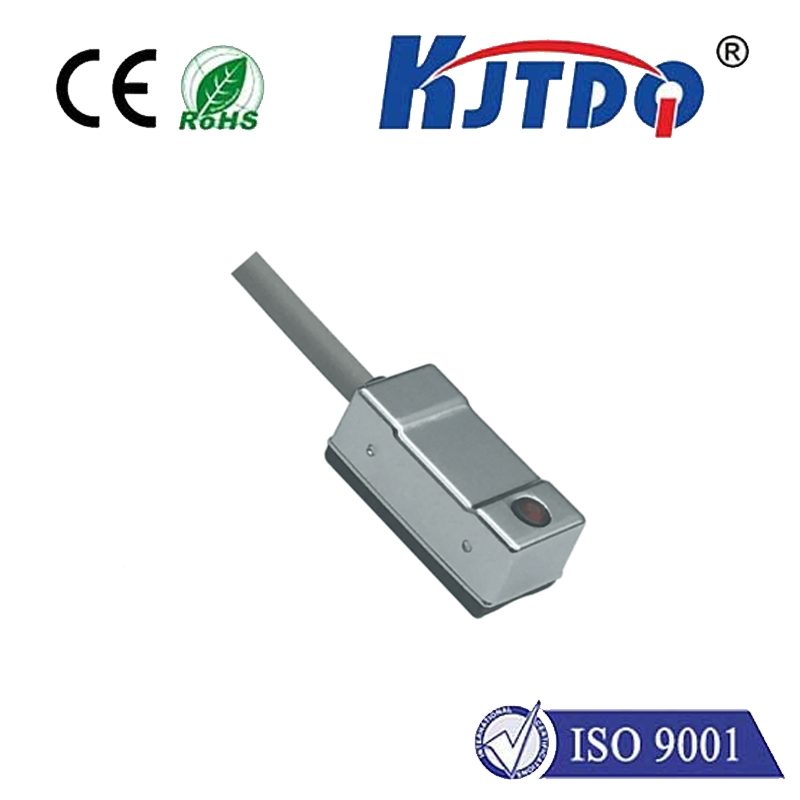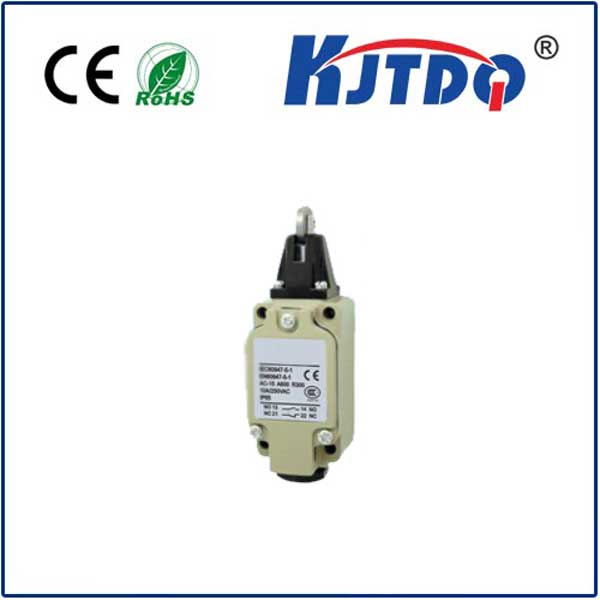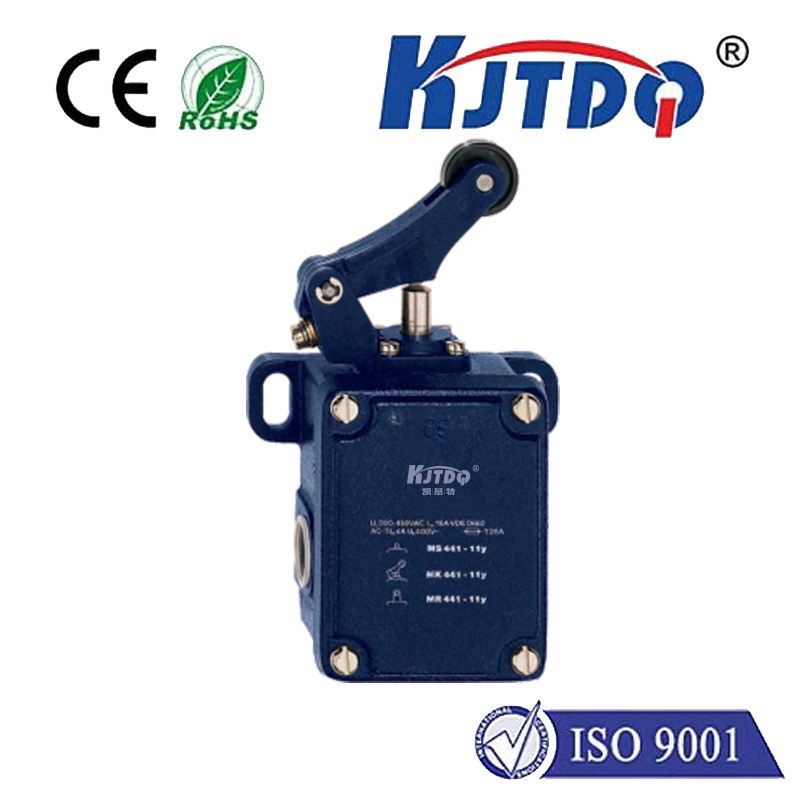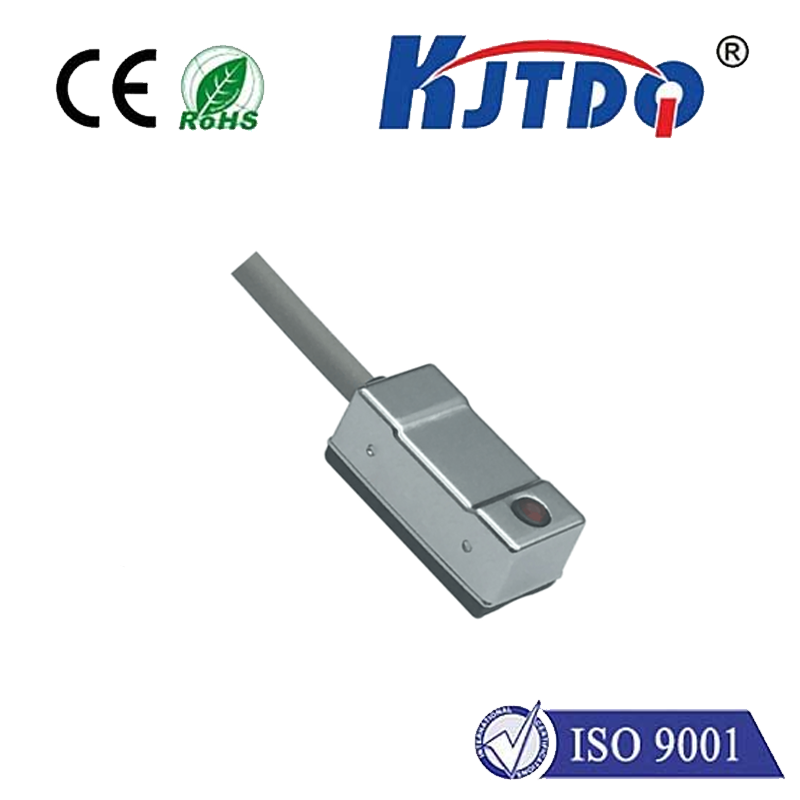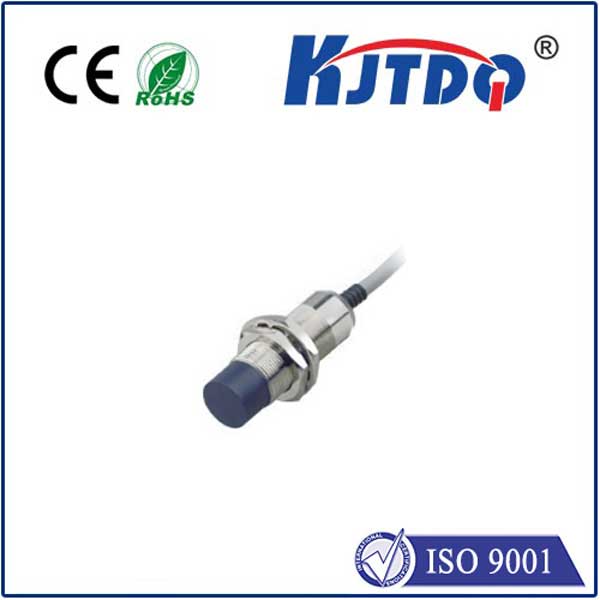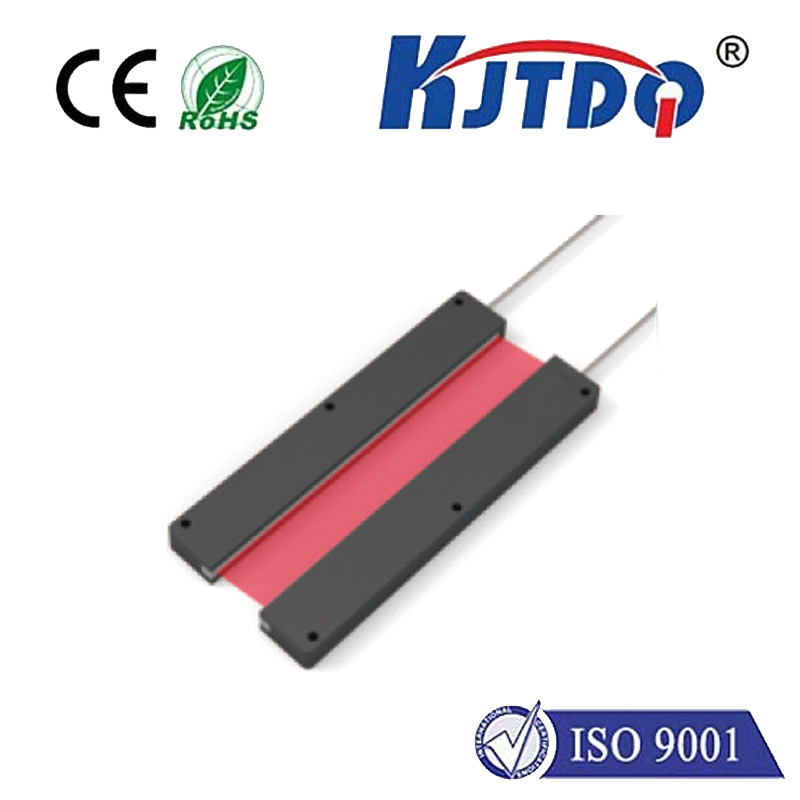

check

check

check

check

check

check

check

check

check

check
Title: Unraveling the Mysteries of Laser Photocell Sensors
Introduction
In today's fast-paced world, technological advancements continue to revolutionize various industries. One such innovation that has gained significant traction is the laser photocell sensor, a crucial component in various devices that measure light intensity. This article aims to delve into the working principle and applications of laser photocell sensors, shedding light on their importance in modern-day technology.
Understanding the Working Principle of Laser Photocell Sensors
Laser photocell sensors, also known as light-dependent resistors (LDRs), work by converting light into electrical resistance. A small laser emits light energy towards a sensitive material coated with a thin layer of metal oxide. The presence or absence of light causes a change in the electrical resistance between two points on the photocell. The higher the light intensity, the greater the resistance, while low light levels result in lower resistance.
The electrical output from the photocell can be used to determine the light level within a given range. This makes them an essential component in various applications, including weather forecasting equipment, lighting control systems, and security systems.

Applications of Laser Photocell Sensors
1. Weather Forecasting
One significant application of laser photocell sensors is in weather forecasting. By measuring the amount of light emitted by a photocell, meteorologists can accurately predict changes in atmospheric pressure and temperature. This data is crucial in developing accurate weather forecasts and helping people prepare for potential hazards like tornadoes, hurricanes, and severe storms.
2. Lighting Control Systems
Laser photocell sensors are also widely used in lighting control systems. They help regulate the amount of light emitted by indoor and outdoor lighting fixtures based on the surrounding light levels. For instance, in parking lots or stadiums with high traffic, they can adjust the brightness of streetlights to ensure optimal visibility for drivers and pedestrians without wasting energy.
3. Security Systems
Security cameras rely heavily on artificial lighting to enhance visibility and deter intruders. Laser photocell sensors are used to automatically adjust the brightness of security lights based on changes in ambient light levels. This ensures that the camera remains operational even during poor lighting conditions, improving overall system effectiveness.
4. Agricultural Monitoring
In agriculture, laser photocell sensors are employed to monitor crop growth and health. By measuring light exposure levels, farmers can gain insights into plant development, irrigation needs, and pest infestations. This information helps farmers optimize their farming practices, leading to higher yields and reduced wastage.
Conclusion
The widespread adoption of laser photocell sensors has transformed various industries by providing accurate measurements of light intensity. From weather forecasting to security systems and agricultural monitoring, these innovative devices have proven to be invaluable tools for ensuring safety and optimizing performance. As technology continues to advance, it is expected that laser photocell sensors will become even more sophisticated, opening up new possibilities for their applications across different sectors.
